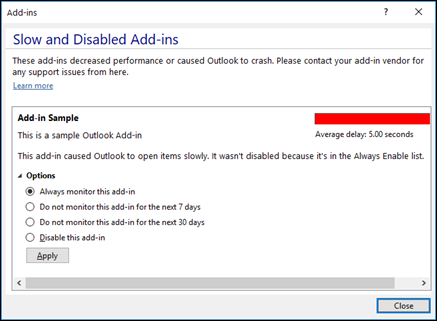


Next, copy the text from Notepad into the target editor (like a web form). Normally, if you copy and paste text from Word into a browser-based editor, the post will be utterly, irrevocably messed up by Word’s usually-invisible formatting data, which turns into gibberish when you copy it into a different editor.Ĭopying the Word text into a plaintext editor like Notepad strips out all the formatting data. Here’s the trick you can use with alternative blogging platforms. Using other platformsĪlthough WordPress and Blogger are better suited to fledgling bloggers, a few other blog platforms work with Microsoft Word’s publishing capability, including TypePad, and Microsoft’s own SharePoint. Still, you can use Word’s text-formatting options, such as headers, bold and italics and text alignment, and that will carry over to your blog post intact. Because you can’t automatically upload images to Blogger using this method, your posts will have to be text-only. Click “Create Blog,” and you’re ready to post.īack in Word, you can post to Blogger the same way as in the WordPress section above-just click File > New > Blog post and add your Blogger account information in the account manager. Like WordPress, you choose a domain name as well as a theme for your site. Next, you’ll see the Blogger dashboard, which shows you a (still empty) list of blogs you own. You’ll still log in with your Google account, but you can pick a new user name for the Blogger profile, and the two won’t be publicly linked.Ĭreating a new Blogger blog is very simple, especially for the Google faithful. The default setting is to link your Blogger blog to your Google+ account, but you could also choose to log in with a limited Blogger account. To get started, go to Blogger and log in with a Google account.


 0 kommentar(er)
0 kommentar(er)
